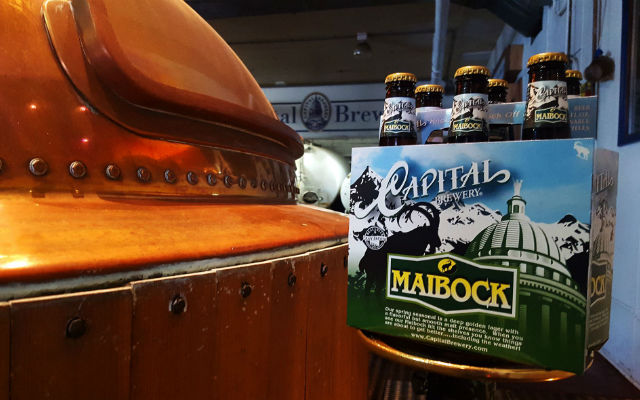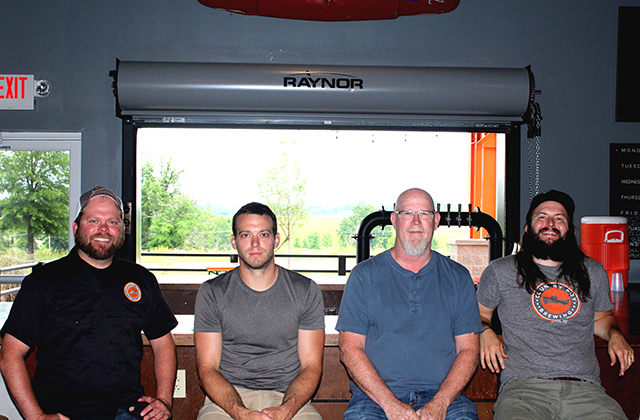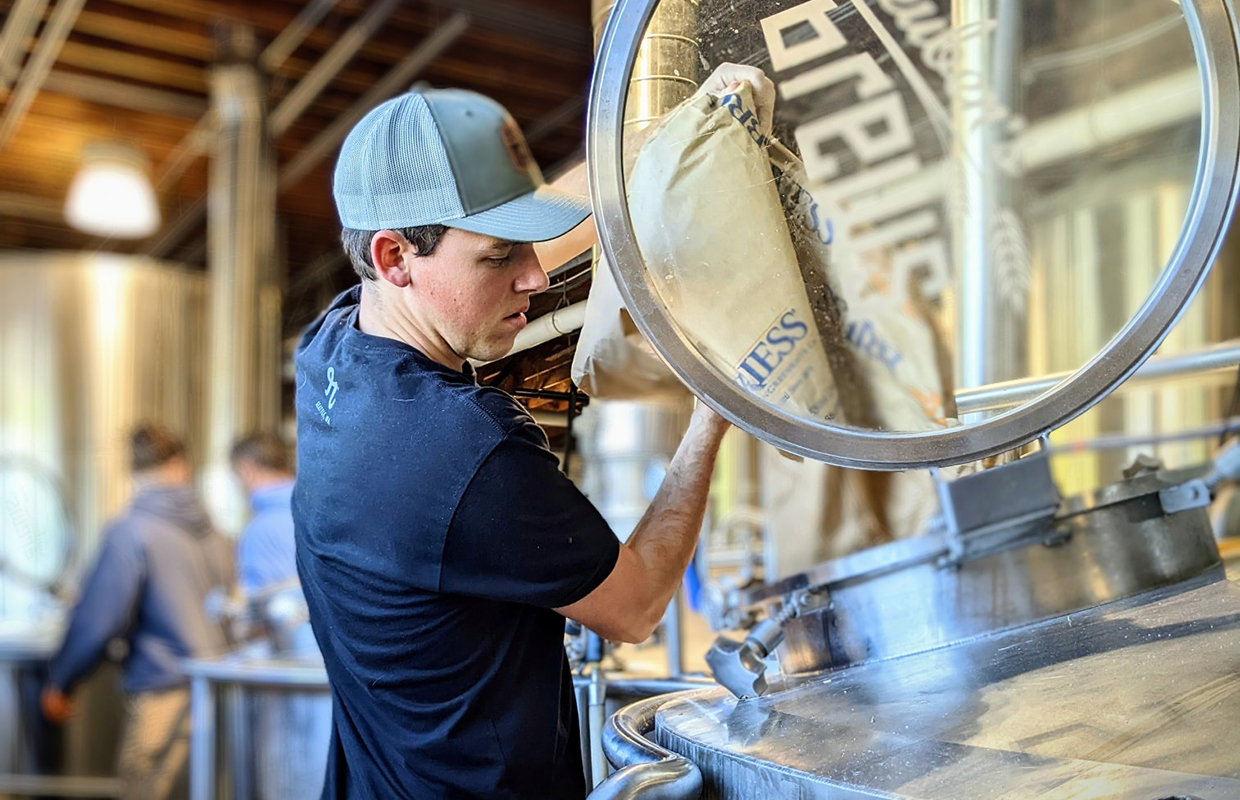
With the word seasonal, it can be obvious how to tie together a portfolio just by the changing of the leaves, but additional releases, or even revisiting that core seasonal lineup is always a good idea every so often.
And with the amount of researching and developing that can take place, putting together a solid beer for next winter may already be on the minds of some breweries.
“For our most recent new public releases, the R&D process takes up to a year,” said Rahr & Sons Creative Director Jeff Wood. “We have a new product launch next year called Midnight Cab that we’ve been playing around with for well over a year. The public response from our small test batches has been so strong, that we have to package it and take it to market.”
That’s consumer interaction, but internally, Wood said the Texas brewery is always trying new test batches inside the brewery walls.
“You just never know what will grow legs and become a public offering and what we will just hog all for ourselves,” he joked.
Wisconsin’s Capital Brewing have always focused its portfolio on German-style lagers, so the seasonal lineup needed to showcase some of those best representations, which means an Oktoberfest for the fall, a Maibock for the spring.
But long before Ashley Kinart took over as Brewmaster for the brewery, Winter Skål was already a fan favorite – a Vienna-style lager with a heavy dose of flavor and aroma hops.
“[It’s] a refreshing choice compared to many spiced or high gravity porters and stouts offered around that time of year,” she explained.
All of those offerings have spent many years rotating in the brewery’s seasonal spot. Its summer seasonal, however, had been rotating between a handful of styles for many years until a Munich-style Helles lager was developed, and its first-year success deemed it appropriate to keep for the long run.
“We had rotated through several versions of Hefeweizens, a Belgian-style Blonde, and some other lager styles, but the Helles seemed to stick better than the previous,” Kinart said, adding that the brewery has done some small batch spin offs or limited versions of seasonals where they will bring in many retailers and VIP customers to weigh in on the winning release.
“One recent beer we had four different versions available for everyone to try and then cast a vote for which they liked the best,” Kinart said. “It was surprising that the one we thought was the least likely ended up winning.”
All of Payette‘s packaged beers have all been through some sort of R&D process at the brewery before deciding which ones the brew team wanted to do again, and when they will be released and for how long explained the Paige Coyle.
“Every Thursday, we have R&D meetings that is open for Payette employees to come together with ideas, inspiration, feedback and more,” she said. “We talk about beers we want to brew and analyze any beers we have coming up. This is where all the creativity happens.
“If we find a winner of a beer, and it was perceived well in our taproom, we definitely explore it more to see if it’s a possibility for our year-round lineup or seasonal rotation.”
That is when the Payette marketing and sales team will decipher what makes sense for the markets they are in.
“We’ve learned that it is of course good to have your staple products, but to switch it up keeps things interesting in the market and opportunities for new and fun products to hit shelves,” Coyle said. “We love to let our seasonals live a good life, but it is inevitable that palates change and you have to grow with the industry. We love to R&D new beers, then pick our most outstanding beers to put on the taps and shelves.”







1 Trackback / Pingback